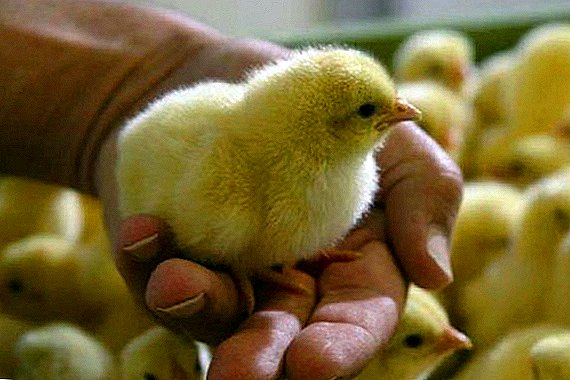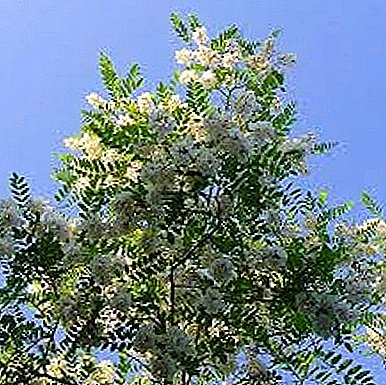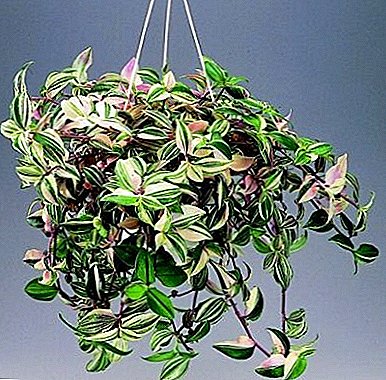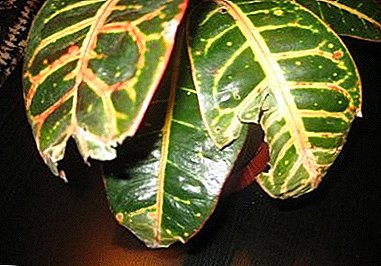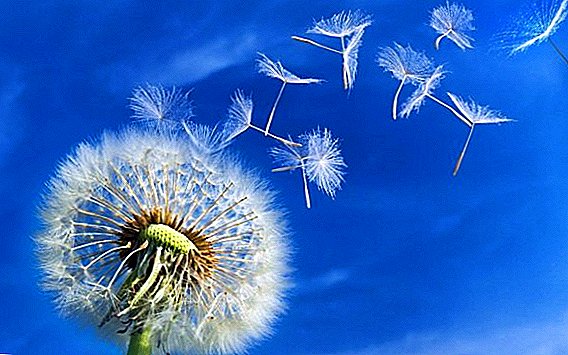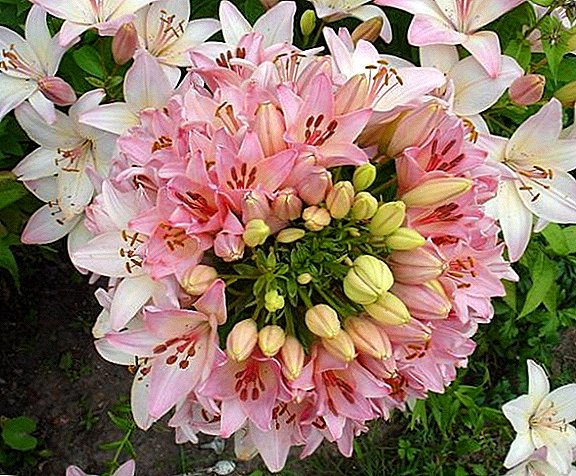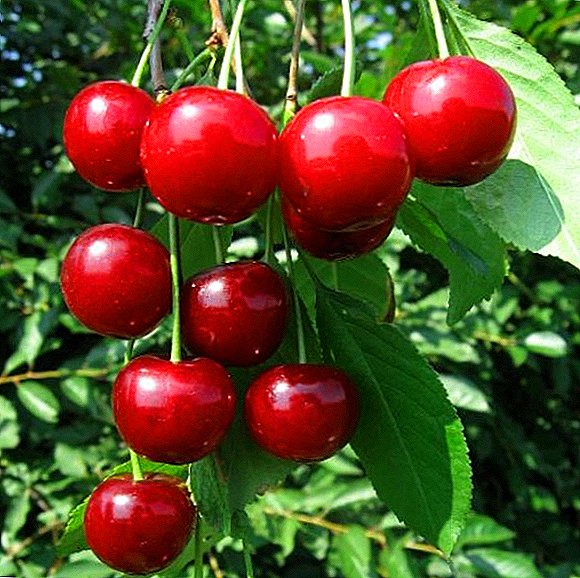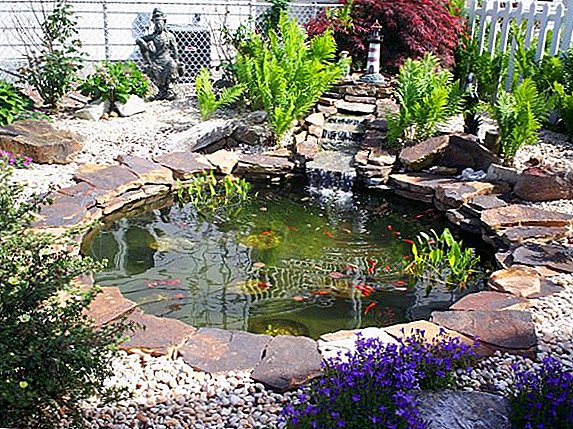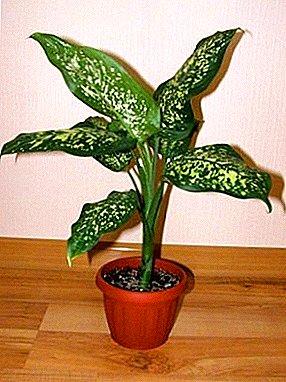
Dieffenbachia attracts buyers with an interesting shade of leaves and their beautiful outlines. It is difficult to call it a rare plant, it is very affordable and relatively cheap.
Dieffenbachia was found in Brazil, but it also grows in Costa Rica and Colombia. Despite the special temperature conditions at home, the plant is easily adaptable in Russia.
Home care
After acquiring Dieffenbachia, it can be transplanted on an urgent basis only if its roots are not in the soil, but in a special composition. In other transplant situations, it is better to wait a bit, waiting for the plant to get used to the new conditions. So what is the care of Dieffenbachia Spotted at home?
During warm periods, that is, in summer and spring, Diffenbachia should be watered at least three times in one week. In winter, just one watering for the same period of time.
IMPORTANT! In between watering the soil should be different average humidity. If it is dry at this time, the location of the pot should be changed.
Flowering Dieffenbachia is an ear with a bristle. This period is extremely rare for a plant. Diffenbachia flowers can not be called valuable.
 Crohn's Dieffenbachia is formed especially quickly. In size, the plant can increase by about forty centimeters per year. After Dieffenbachia reaches a length of just over one meter, growth stops.
Crohn's Dieffenbachia is formed especially quickly. In size, the plant can increase by about forty centimeters per year. After Dieffenbachia reaches a length of just over one meter, growth stops.
Before preparing the ground for Dieffenbachia, take care of the holes in the bottom of the pot. It is possible to fill in it or the acquired special soil, or to create it independently. Perlite, humus, and ordinary garden soil will be required. All components must be taken in the ratio of one to three.
It is advisable to replant the plant every spring. Adults Dieffenbachia only one transplant in four years. The most suitable month is April. It is during this period that the plant is as resistant to stress as possible. This period is also suitable for planting.
It is better to acquire the plant in the spring so that it adapts to the new "dwelling" as soon as possible and transfers the "relocation" easily.
IMPORTANT! For any manipulation of the plant at the time of reproduction, arm yourself with gloves. The substances contained in the plant can cause skin damage.
 Diffenbachia multiply at home is easy. New plants may appear from pieces of the stem, as well as from the upper cuttings. After cutting off the top, it is necessary to powder the pounded pharmacy coal with the site of damage on the plant.
Diffenbachia multiply at home is easy. New plants may appear from pieces of the stem, as well as from the upper cuttings. After cutting off the top, it is necessary to powder the pounded pharmacy coal with the site of damage on the plant.
It is desirable to keep the top in water twenty or in sphagnum twenty-one days before the formation of the roots, covering it with a jar of glass or polyethylene. It is necessary to add antimicrobial agents.
While rooting occurs, it is important to frequently wipe the leaves, maintain the indoor substrate temperature (about twenty-two degrees) and shield the top from the sun.
Planting apex into the ground is necessary only after reaching two centimeter length of roots.
It is not necessary to completely remove the substrate before planting so that the adaptation of the plant is as soft as possible.
When growing can not have a pot near the heating devices. Without light, Dieffenbachia cannot be left either - it tolerates only partial shade. During cultivation, it is also necessary to spray the plant with clean water a couple of times in seven days.
IMPORTANT! Do not put a pot with Dieffenbachia in the nursery. If the juice of the plant gets on the child's body, the consequences can be extremely unpleasant.
In hot seasons, Dieffenbachia can tolerate temperatures up to thirty degrees. And here, in cold seasons, the temperature of the room where the plant is located should not be below fifteen degrees.
In the photo below you can get acquainted with the appearance of Dieffenbachia Spotted and the characteristics of the plant:






Benefit and harm
The main useful feature of Dieffenbachia is that it perfectly purifies toxic air. The plant removes xylene and formaldehyde.
The air is also well cleaned: Anthurium, Ficus Benjamin Kinki, Peperomia dull, Hoya Carnoza, Deciduous Begonia, Dracaena Fragrant (Frahrans) and some others.
A plant can harm, but only if you touch your juice with your bare hands. It is especially toxic to mucous membranes and open wounds.
The scientific name of the plant is Dieffenbachia. The international name does not differ, only the word "Schott" is added.
Diseases and pests
 The most common disease is the acquisition of yellow leaves and their drying out. If this happens to the tip, blame drafts and cold. However, they can be wrapped. Lower leaf cover is ill in this way due to an insufficient amount of moisture in the soil.
The most common disease is the acquisition of yellow leaves and their drying out. If this happens to the tip, blame drafts and cold. However, they can be wrapped. Lower leaf cover is ill in this way due to an insufficient amount of moisture in the soil.
Another disease is the brown color of the tips. It can be very easily cured - irrigate with soft and fortified water.
The fall of the lower leaflets is normal only in adults Dieffenbachy. In other cases, the plant either freezes or dries.
If the stem is drawn, but the leaves grow very small, the plant requires light.
The rotting of the stem at the base is a consequence of the presence of excessive moisture in the soil and heat.
Dieffenbachia is susceptible to pests, such as the spider mite, as well as the scale insect.
Is it worth growing?
This plant is not too whimsical. It does not need rejuvenation and is able to exist for many years.
Be sure to follow the basic rules of cultivation. Be careful with the juice of Dieffenbachia and create the required conditions for it.


